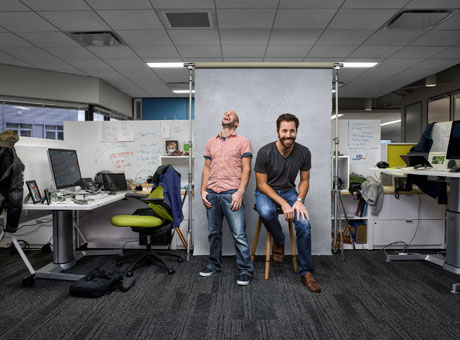To sharpen your focus, increase your productivity, and make work-related tasks flow more efficiently, single-tasking might be the answer. Single-tasking, or monotasking, means breaking away from today’s constant inundation of information and directing your attention to one specific task at a time, rather than trying to be a superhero and doing everything at once.
Digital distractions demand your attention at times, but with deadlines looming, they’re a distraction you can’t afford. It might be a challenge to slow your pace, but the benefits of single-tasking make the effort worth it.
Back: Time Management and Productivity in Your Small Business



